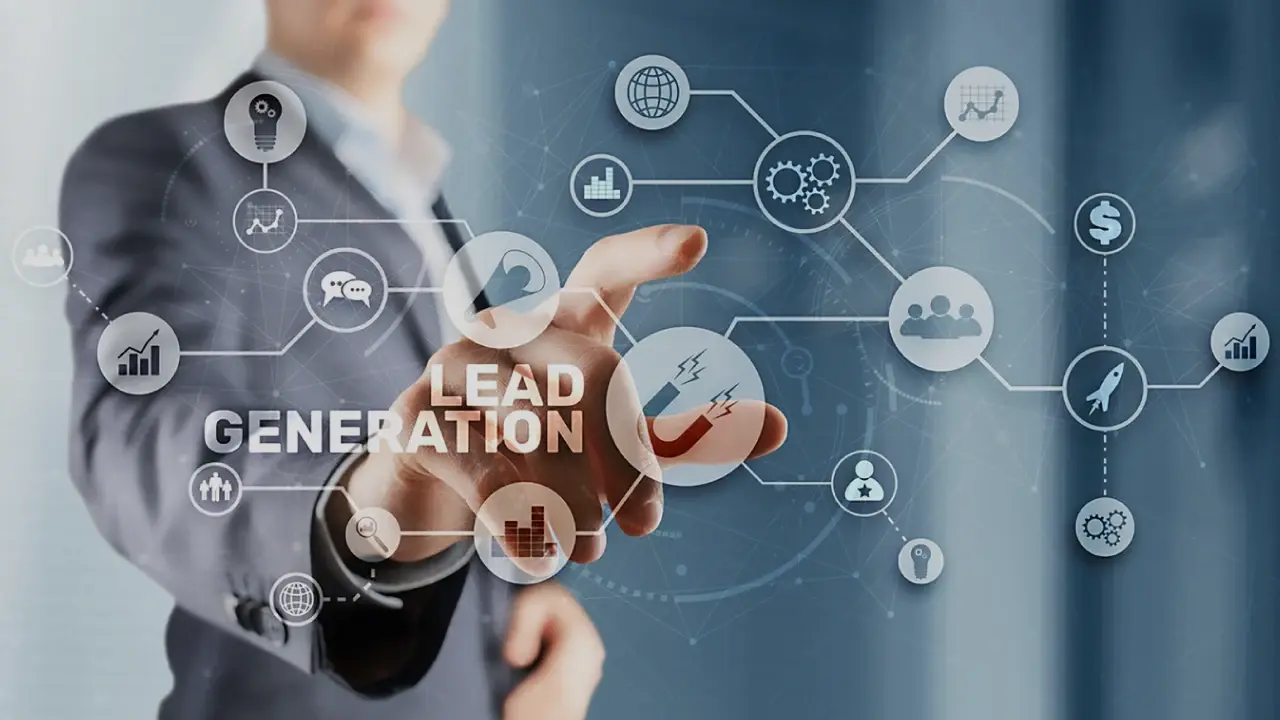.webp?width=915&height=514&name=Buying%20Decision%20Process%20-%20Blog%20Image%20(1).webp)
Customer behavior is often haphazard!
There is no set path they will follow during their buying decision process. It can either be a linear process or be like a car getting parked abruptly in between 2 already parked cars.
What does this mean?
It means that a customer might begin engaging with your brand right from phase 1 of the buyer’s journey, or they might enter into the funnel somewhere near phase 3 or 4.
What to do in such a scenario?
Ensure you know how to find them at any point in the buyer’s journey and engage with them at each stage. And ensure the engagement is aligned with the stage you found them in.
Source: Marketoonist
Before that, let’s understand what a buying decision process looks like!
What is a buying decision process?
A customer buying decision process is a customer journey funnel that looks like the letter V. The wide mouth at the top of the funnel is where a lot of prospects become aware of your business and the lower half includes the prospects who turn towards becoming paying customers.

There are 5 stages of a typical buying decision process. These include:
- Realizing a need - This phase speaks about the phase where the buyer recognizes that they have a problem or a need that needs to be addressed. Though they might not know the exact solution to the problem, they do realize the need to change their current situation.
- Looking out for information - This phase is where the buyer starts looking for information to find a solution to their current problem. They might head towards online research to find the appropriate resolution.
- Assessing the options available - This phase talks about the time when the buyer has begun evaluating what they have discovered through their research. They begin to analyze the varied solutions that they have found regarding the affordability and quality of the solution.
- Finalizing the purchase - In this phase, the buyer has zeroed in on the solution to avail and is moving towards purchasing it. They just need a pathway for easy purchase.
- Assessing the quality of the purchase made - This phase follows the final purchase made by the buyer. They analyze if their purchase fulfilled their needs completely and satisfactorily. They measure the worth of their purchase and whether or not the company’s services were at par with the expectations set by them. If the buyer feels satisfied, they may go ahead and purchase another product. Otherwise, they may leave negative reviews, may never purchase from you, and may even spread negative word of mouth.
Now let’s take a deep dive into the steps to be taken to ensure your customers find you at each stage of the process. Also, learn how to map your content to every stage of the buyer's journey!
Steps to market at each stage of the buyer’s journey
Guest-blogging to attract buyers in the “need realization” phase
When your buyer is in the need realization phase, where they are becoming aware of their needs and problems, but are not looking for solutions actively, you should create and place your focused content in the places where they are active.
The content for this stage of the buyer’s journey should help them recognize their problems before they do it themselves. This way, they begin knowing your brand exists even before they know their problem can be solved by your business. Speak to them in an empathetic way, and not just sales-y!
Source: Databox
To achieve this, research the top websites where your audience spends time and place your content there. You can use Ubersuggest’s Competitive Analysis option and find out websites similar to yours. This helps you know the other websites your audience might be active on, as well as the top keywords your buyer uses to visit those websites.
You can thus create your guest blogging plan with the information gathered, to help your buyer know their problems.
Read this guide to learn how to grow your business by blogging!
Targeting top-ranking keywords to attract buyers in the “information search” phase
In this phase, when your buyer is looking for information about potential solutions to their problems, you might want to be visible in front of them in the online search. For that, you need to create content that solves your buyer’s problem.
This is the top-of-the-funnel (TOFU) content that we are talking about. We are letting the buyers enter into a purchase funnel through this content. Some TOFU content types include:
- Infographics
- Videos
- Blog posts
- Guides - Read (The marketer's guide to SaaS business metrics) to understand how a buyer guide looks like.
To identify the topics for these marketing collaterals, you need to know the keywords your buyer uses to look for information online. To do that, you can use the Moz Keyword Explorer tool. Just enter the keyword related to your product/service/industry and it will return a pool of similar keywords with the search volume, keyword ranking difficulty score, and more.
Source: HubSpot
Usually, the keywords with the highest search volume and popularity should be targeted, but targeting the low search volume keywords should also be given due consideration to be able to rank well for them.
Optimizing your website to attract buyers in the “option assessment” phase
In this phase, the buyers are completely aware of the solution that they require but are not knowing the exact solution they should pick up. They are looking for the appropriate solution for their need.
To be present in front of them when they are looking for the right solution, you need to perform middle-of-the-funnel (MOFU) marketing, which includes website optimization for you to be visible in front of the buyers online.
MOFU marketing content types include:
- Buyer guides
- FAQs
- Landing pages
Read this interactive eBook to create a high-conversion B2B landing page.
4. Case studies
Ensure all these collaterals are search-optimized. Makes it easy for the audience to locate your offerings!
You can use SEMRush Site Audit and the On-page SEO Checker tool to ensure your MOFU marketing is search-optimized. The Site Audit tool will help you analyze the overall SEO health of your website for you to be visible to your buyer through MOFU marketing content. The On-page SEO checker would let you know the SEO health of particular pages on your website in terms of the targeted keyword.
Targeting buyer keywords to attract buyers in the “purchase finalization” phase
This phase is where your buyer has finalized that they are going to purchase from you.
Now what?
The most important next step is to make the purchase hassle-free for your business. When they are looking for a way to purchase, your brand should make it as easy as possible.
To do that, optimize your website for the buyer keywords. These are the keywords that your buyer uses to make a transaction. For instance, transactional keywords like:
- Order
- Buy
- Deals
- Coupon
You can use a simple Google search to look for the most powerful buyer keywords to target.
Source: Ahrefs
Retargeting to attract buyers in the “post-purchase assessment” phase
Once your buyer purchases from your business, your job is not over. It is the beginning of a new journey with them.
Consider converting your buyer into a long-term customer. Understand that this buyer is already interested in your offerings. Serve them with similar products or more services from your company.
To do that, create industry-similar content for your audience and place that content where the buyers are more likely to be present. You can use retargeting ads or email newsletters to present your content to your buyers.
The fuel of digital marketing growth engine: Content! You need to repeat this in your head!
For starters, you can go to a keyword research tool, enter some top competitors, and find out the keywords they are ranking for. This way, you get an idea of what new topics you can create content on, to attract your buyer for a prospective repurchase with you.
And, It’s a Wrap!
We began by understanding what is meant by a buying decision process and what are the stages under it.
Post that, we discussed how to market at each stage of the buying decision process, right from guest blogging to creating infographics, and blog posts, to website optimization to targeting buyer keywords, and until retargeting the existing customers.
Follow all these steps to attract customers at each stage of the buying decision process and help your buyers choose you over your competitors!
Source: Giphy
RevX's bound marketing service performs data-driven SEO, which includes on-page and off-page optimization, along with keyword optimization. A comprehensive site performance analysis and required implementations for growth are what we are experts in.
We ensure serving your audience with the information they are looking for and find value in.
Want to catch hold of your buyers in every stage of the buying decision process? Reach out to us, Today!
 Dashboards and analytics
Dashboards and analytics

.webp?width=650&height=127&name=Create%20Winning%20B2B%20Landing%20Pages%20-%20Blog%20Banner%20(1).webp)

.webp)





